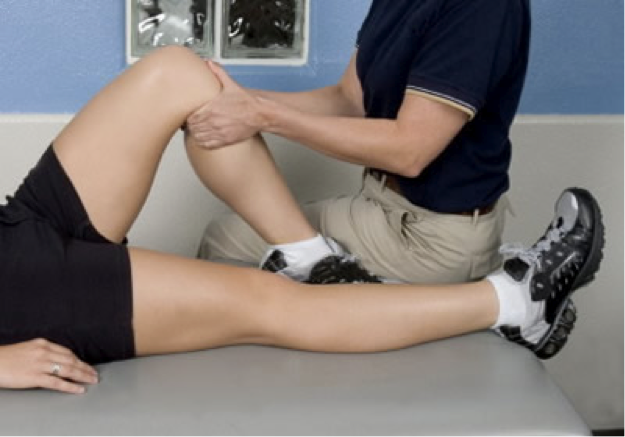
Whether you just sustained an ankle sprain on the soccer field, underwent a total joint replacement after years of putting it off or have been experiencing nagging back pain for the last 6 months; everyone with pain falls into a phase of tissue injury and healing.
All injured tissue will go through a response cycle known as the inflammatory response. In a nutshell when tissue is injured; the brain sends signals for the body to release certain chemicals to the site of injury. Free nerve endings are stimulated which is the pain we feel, thus muscle spasms occur as the body’s protection mechanism, thus more pain. This response has many other detailed phases and subsequently the tendency to be problematic to most tissue injury and repair.
Many times people have tissue injury and ignore it thinking it will get better and just go away. If tissue does not go through the proper inflammatory, repair, regeneration and maturation phases many people will end up with chronic pain. During this period of “denial” tissue gets tight, weak and joints can become unstable. PT will focus on the restoration of these losses and train you and your body on regaining your normal functional activities
Your duration of physical therapy will be in direct correlation to your specific tissue injury, phase of healing and/or repair that you are in and factors such as Diabetes, Age and Infection that may impede the healing process. Upon your first visit your PT will explain this to you and help you understand where you specifically fit into this big picture of healing and inflammation.
Your therapy will be based on your specific tissue injury, your lifestyle and goals. Your therapist will work with you over the course of time using some of the modalities (ice, exercise, hands on techniques) that were mentioned in last weeks article to encourage ultimate healing, restoration of flexibility, strength and functional movement in an efficient period of time.

